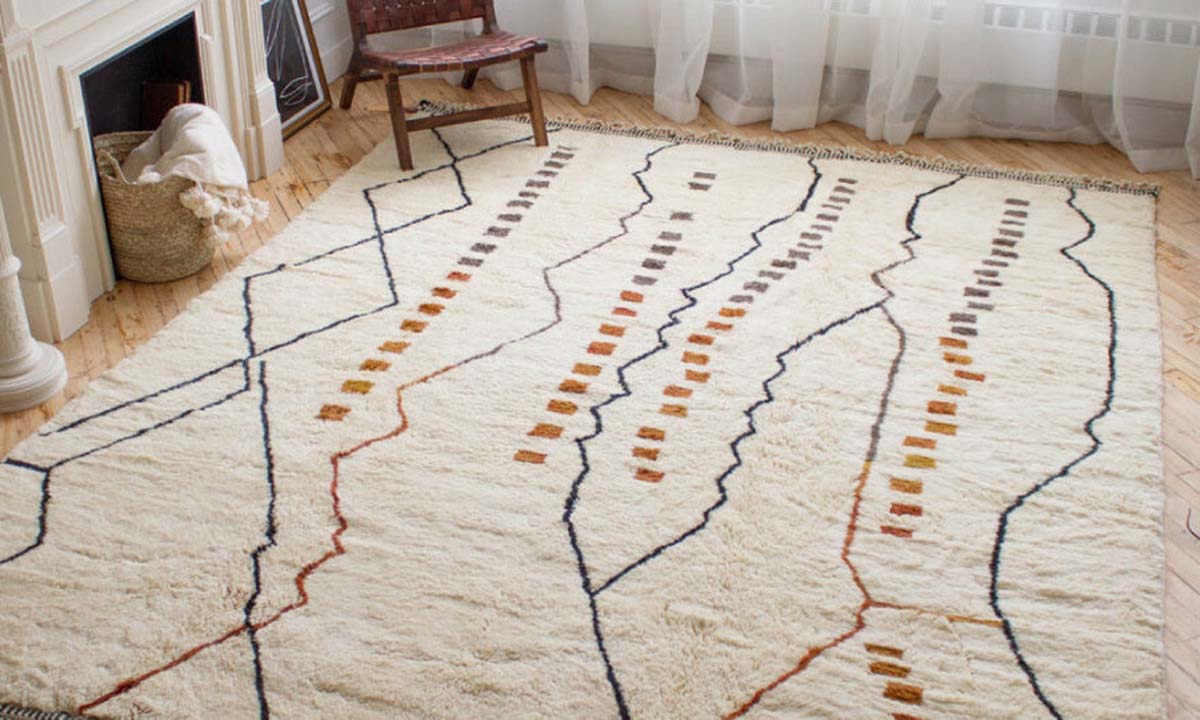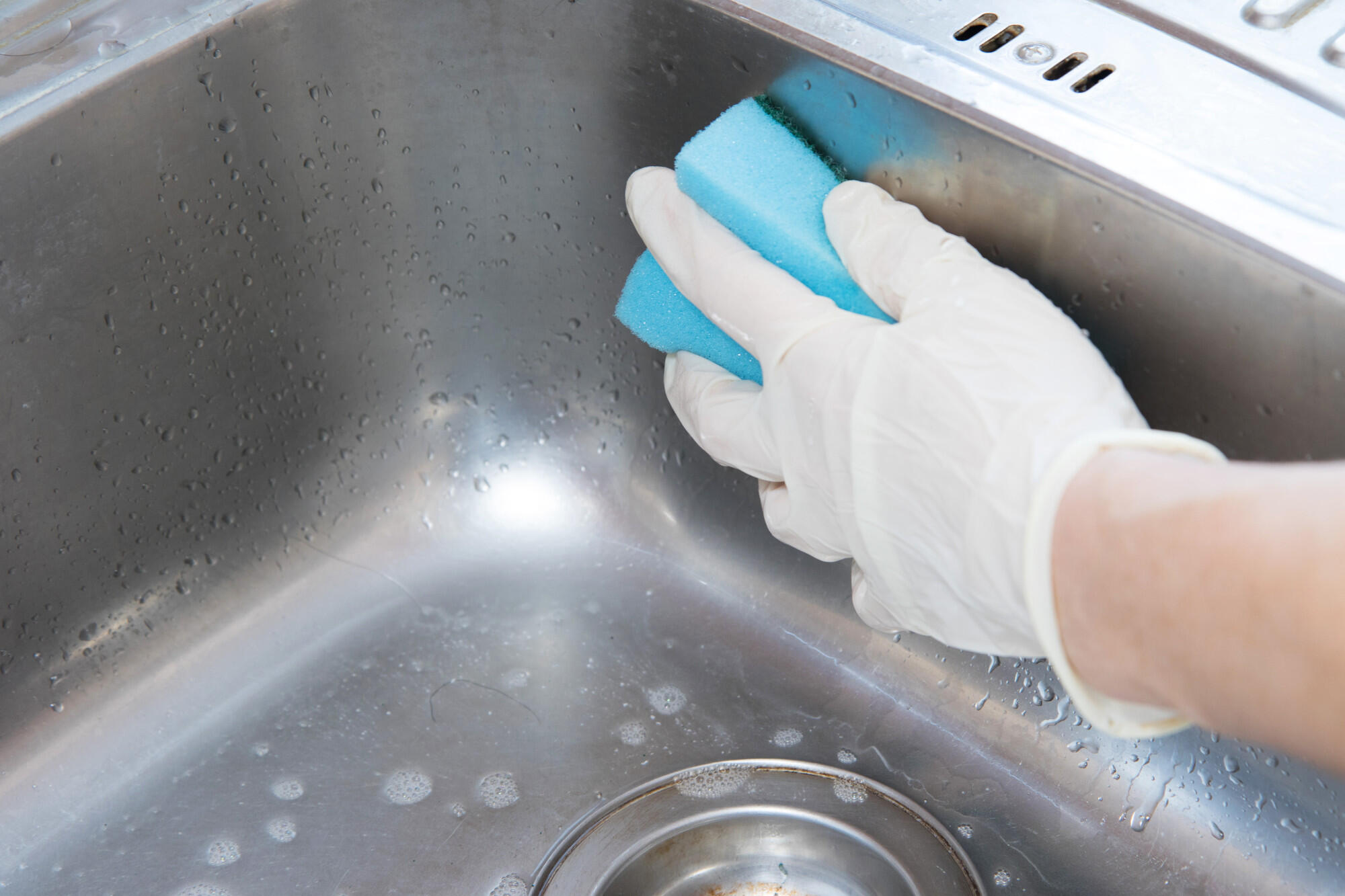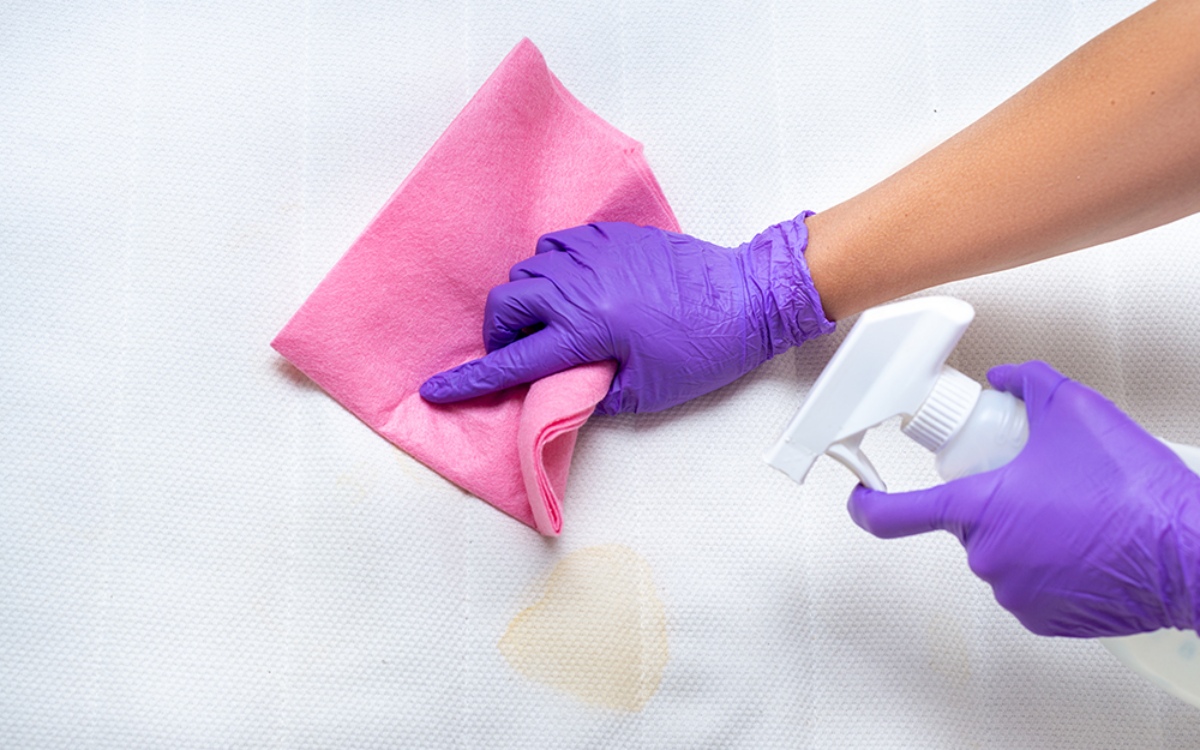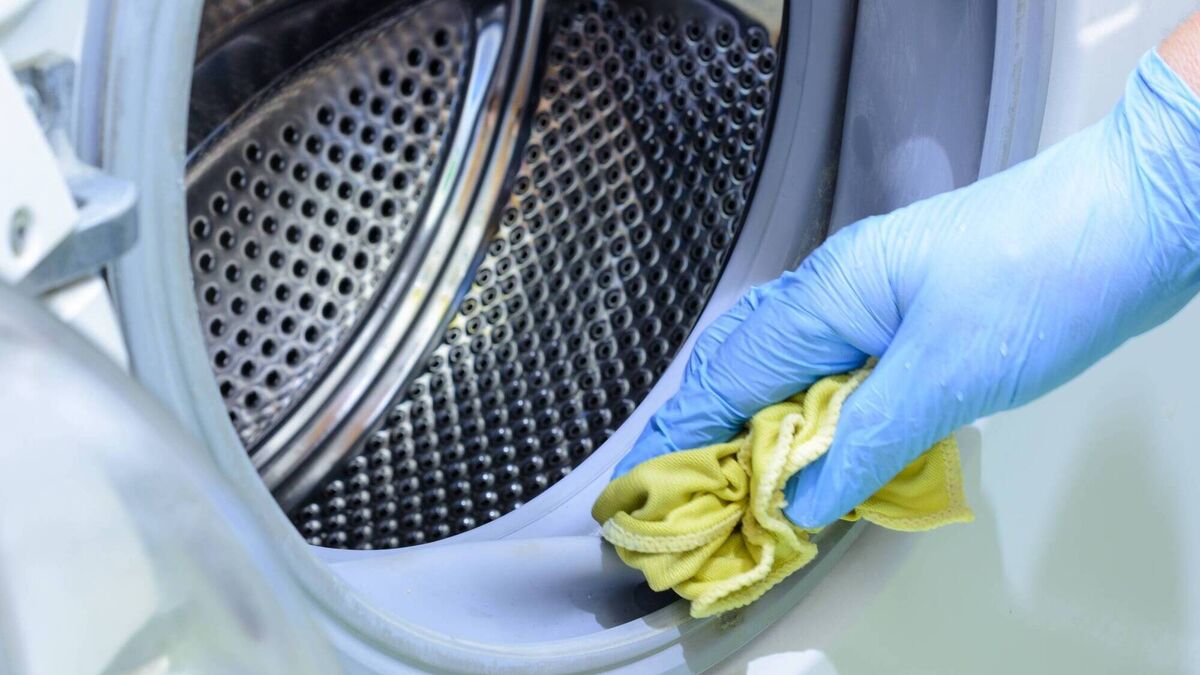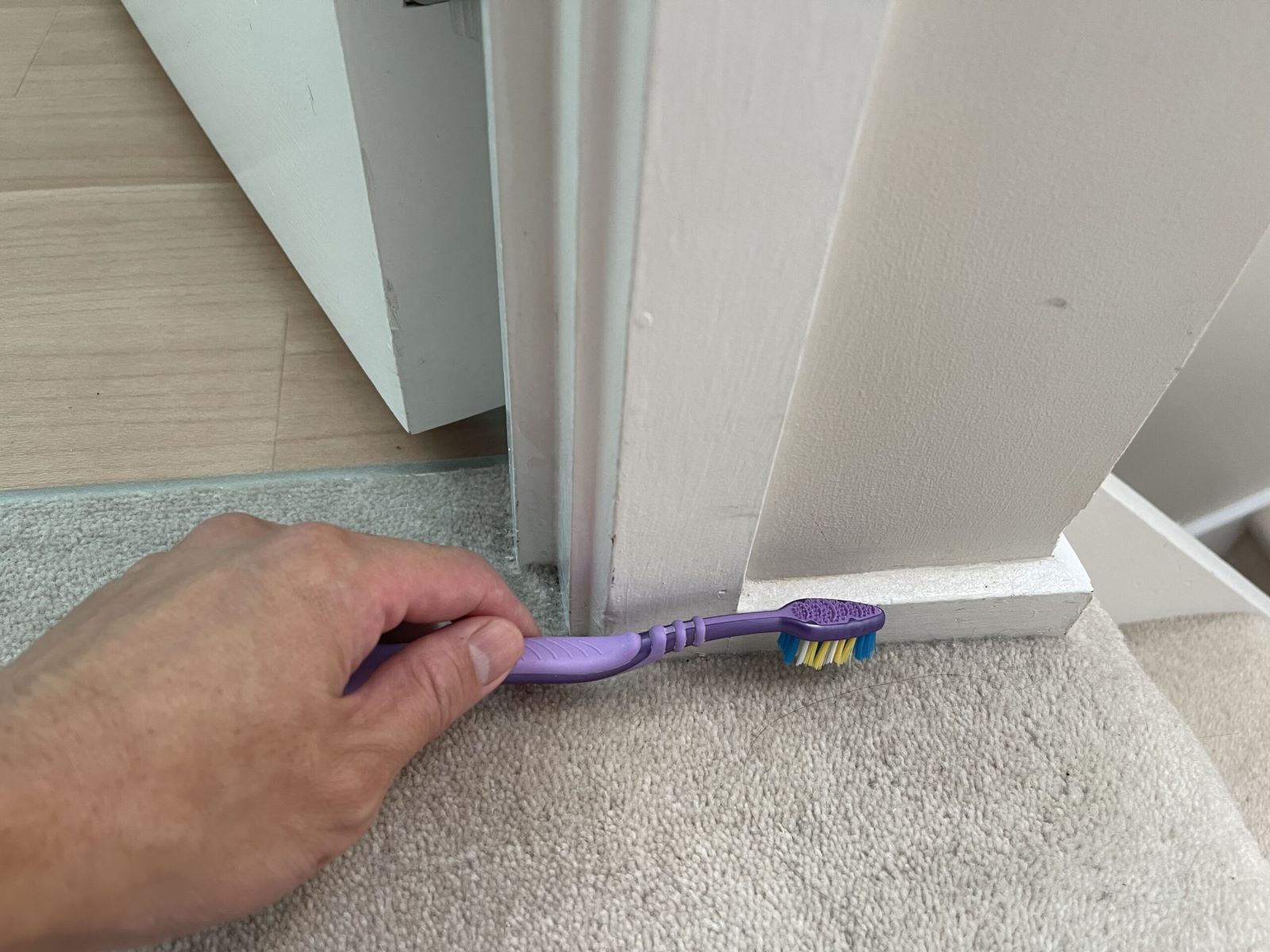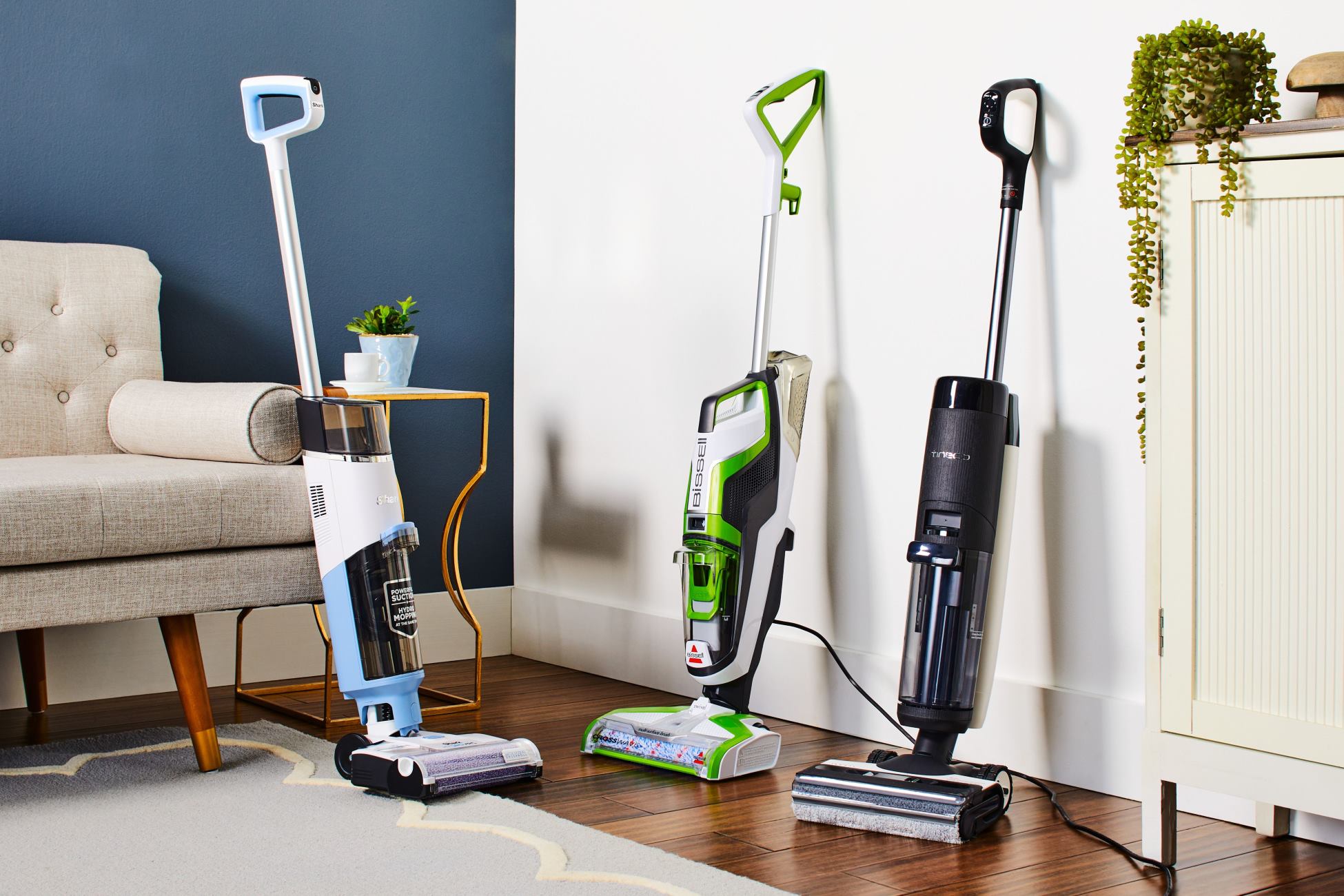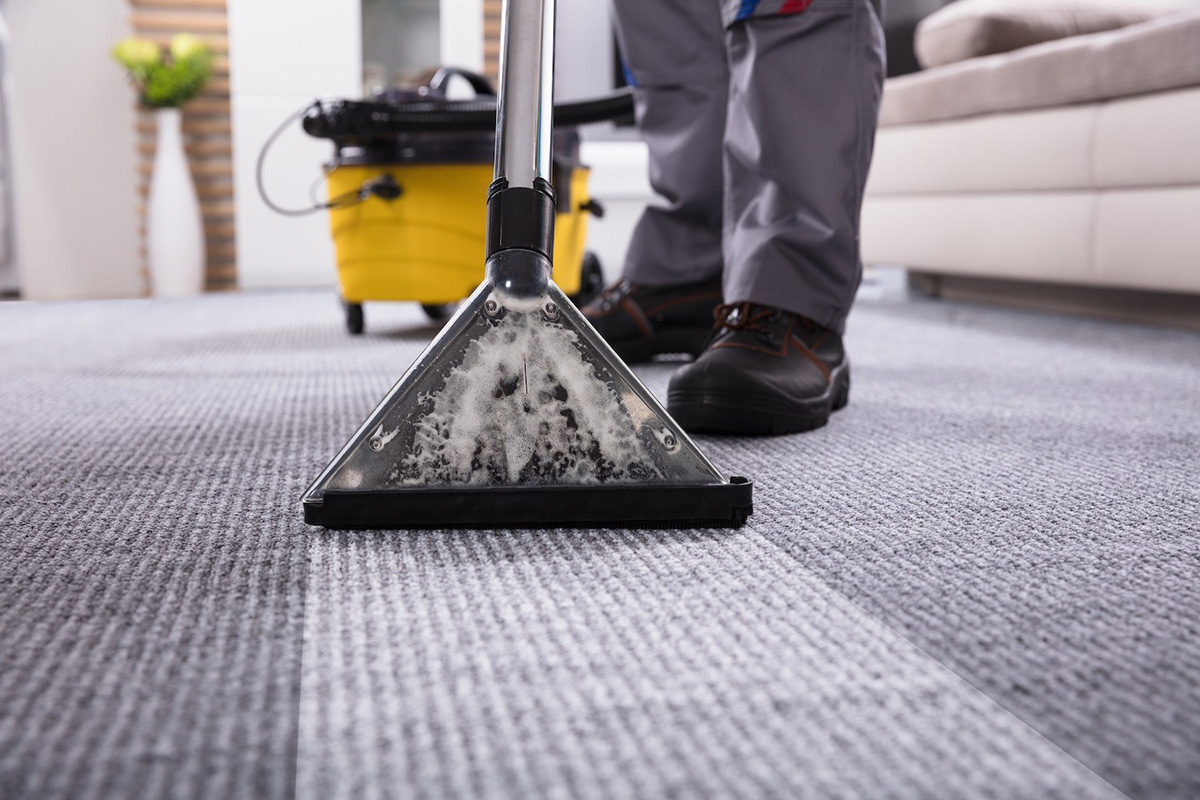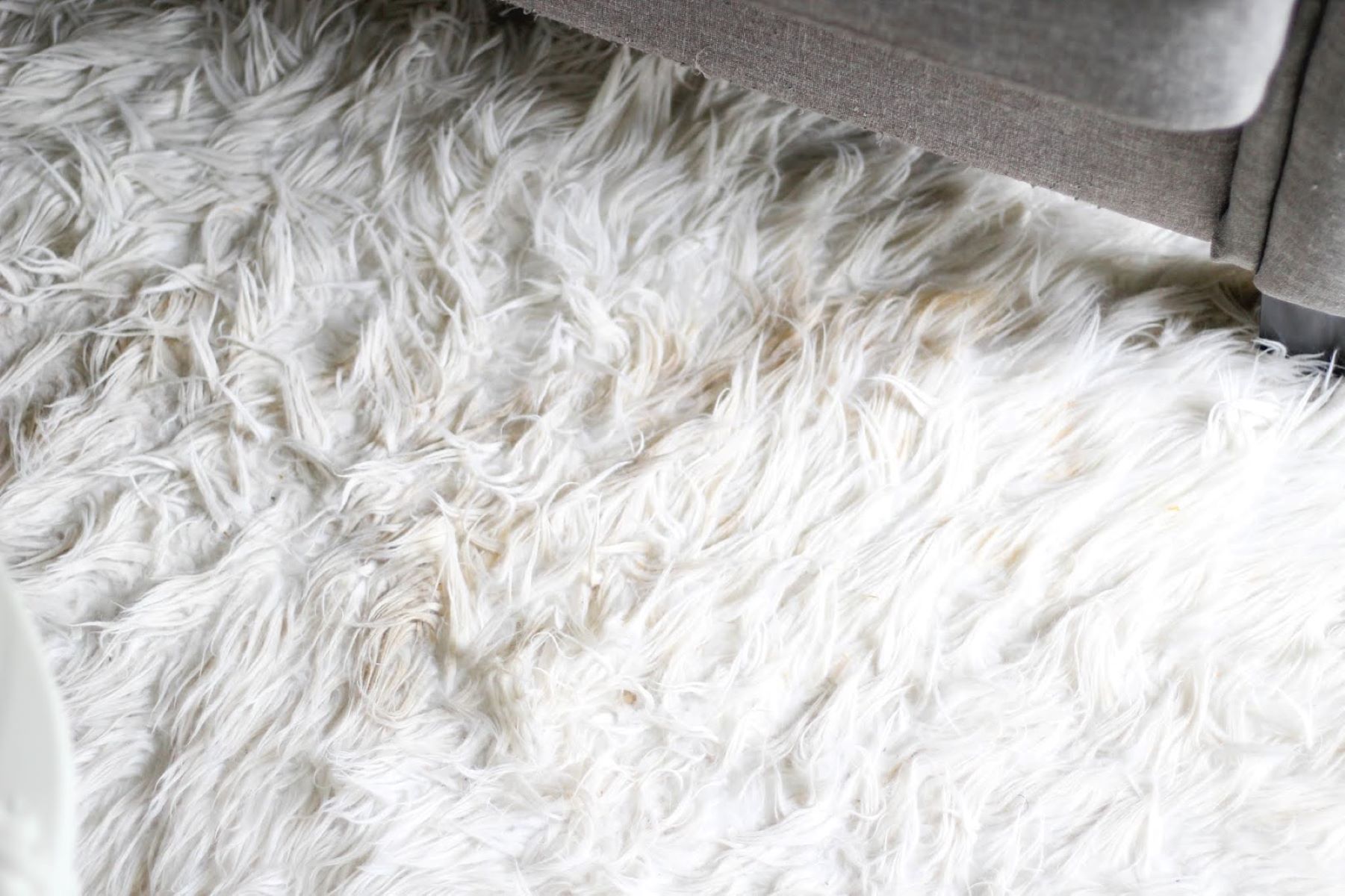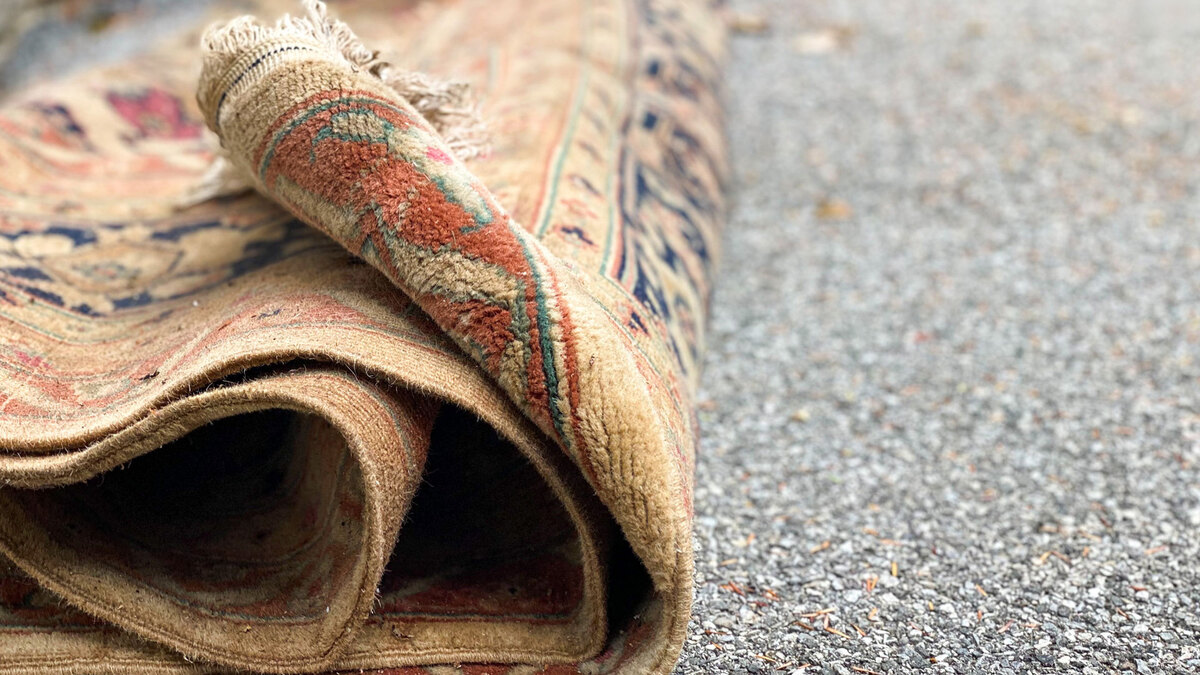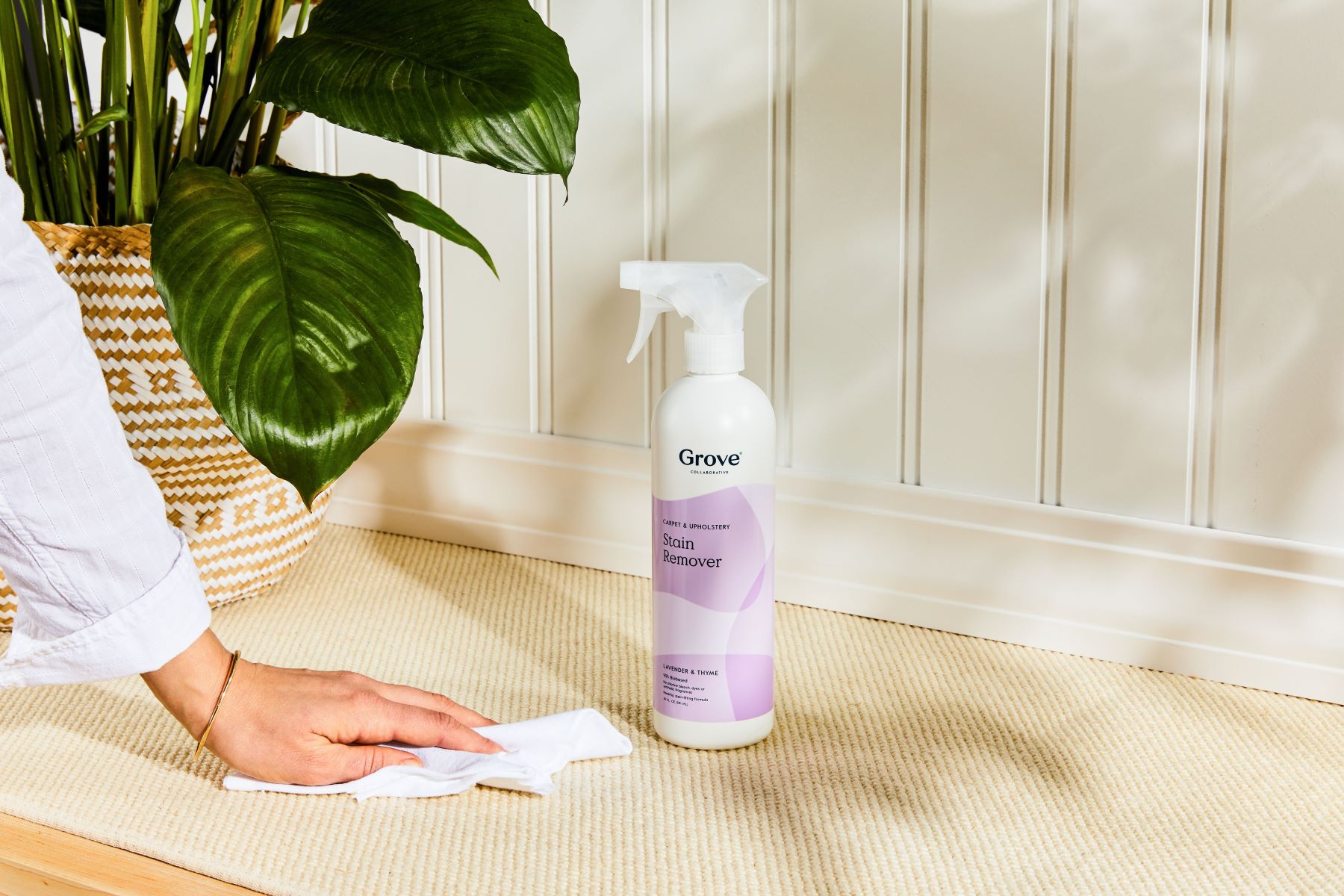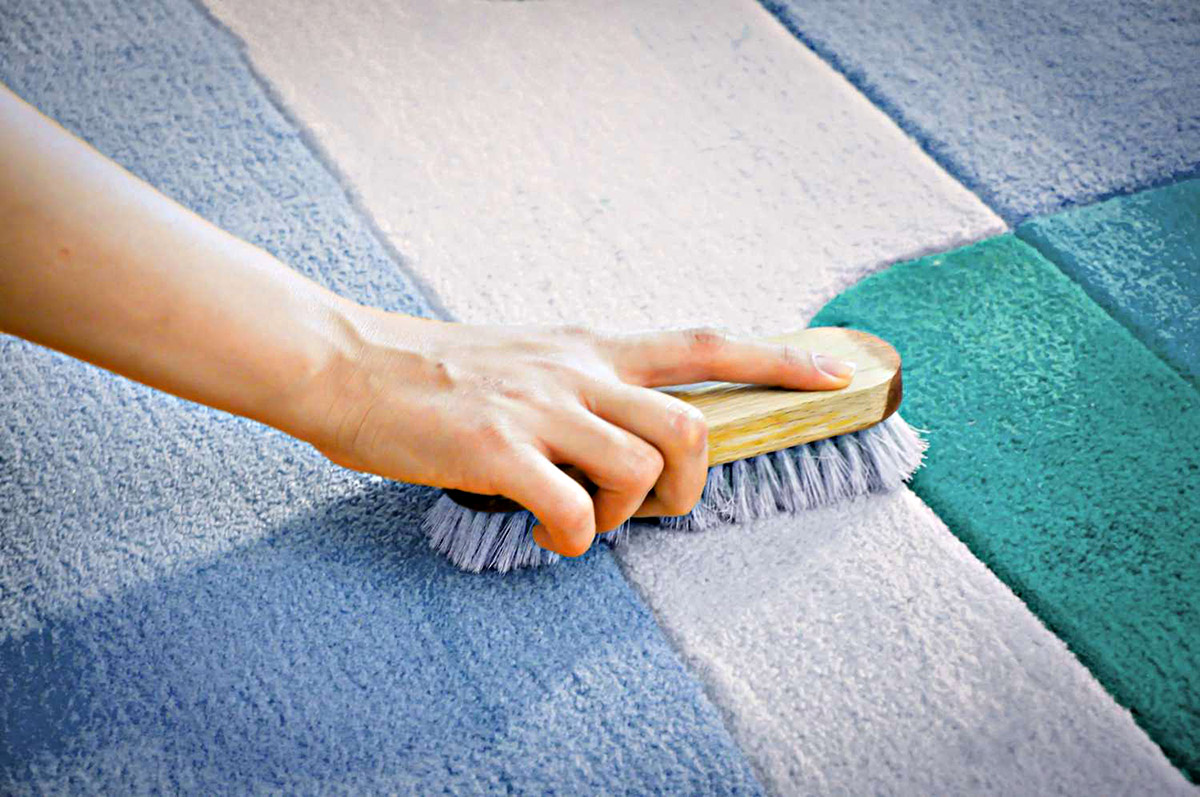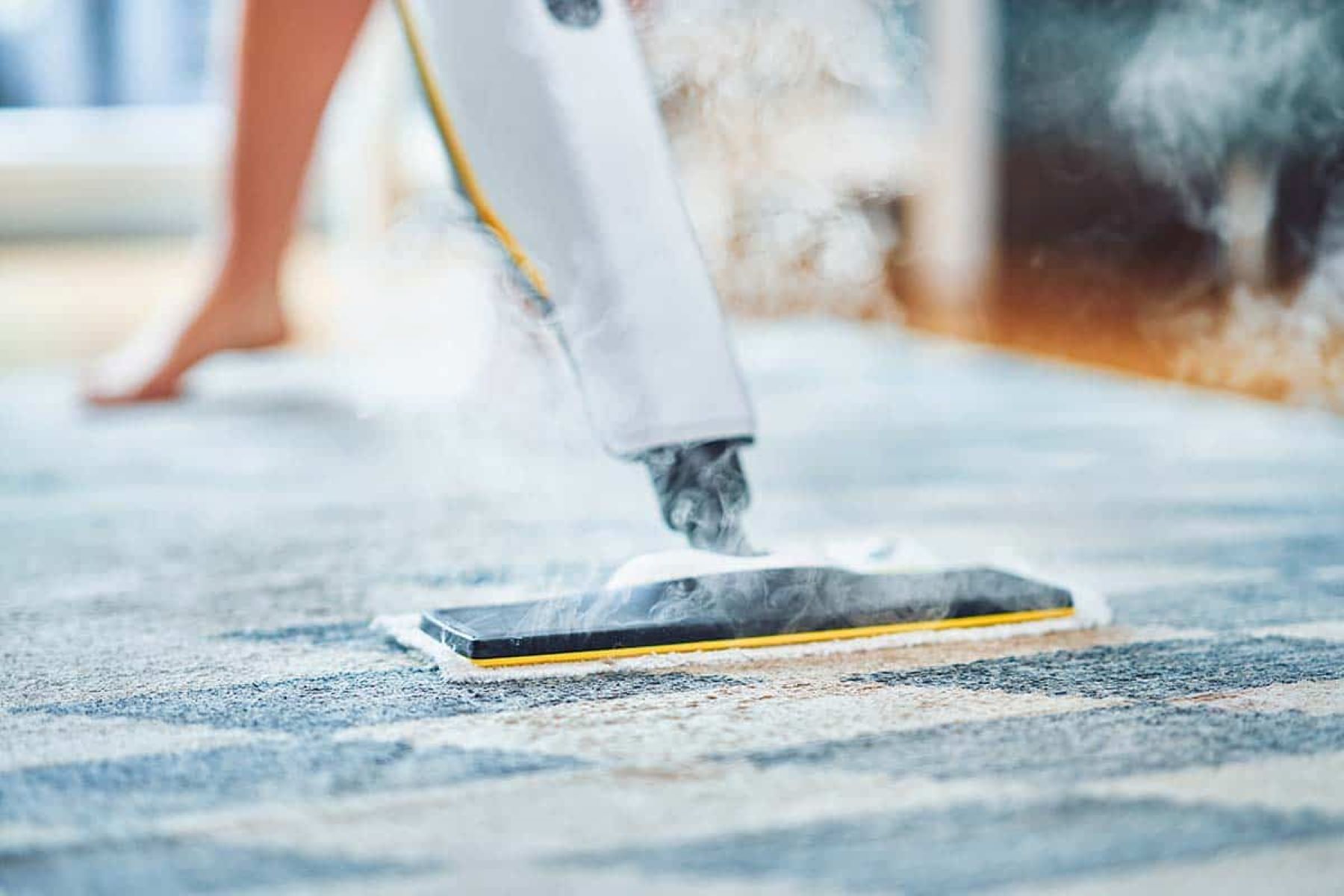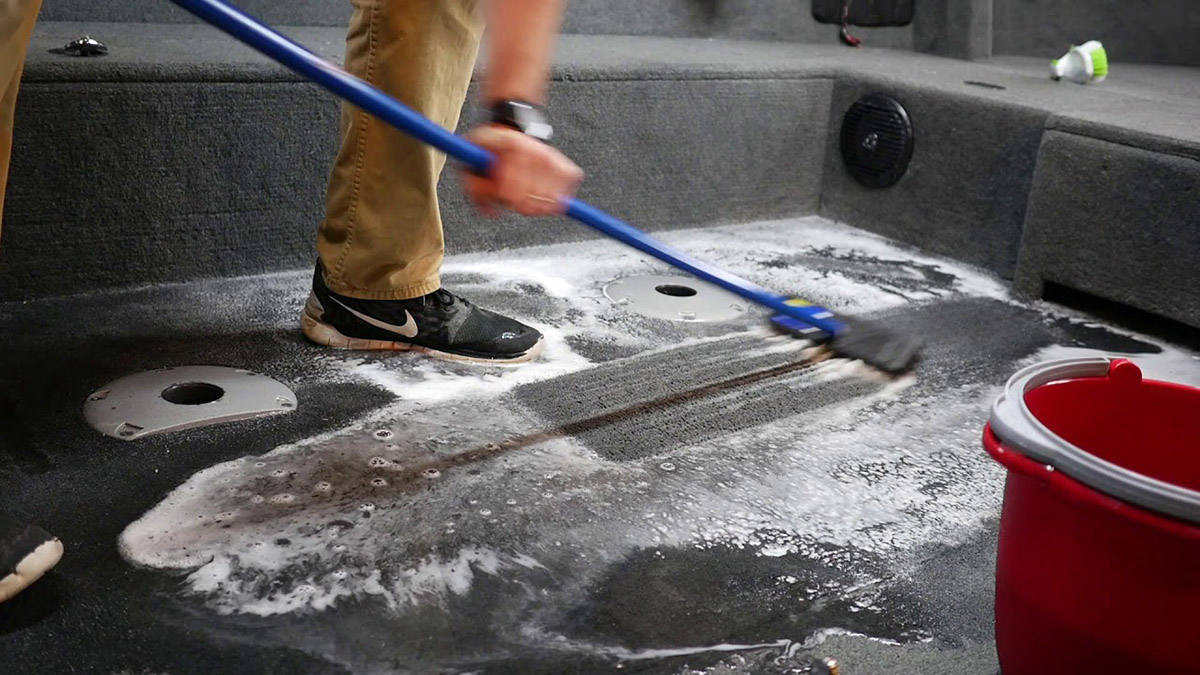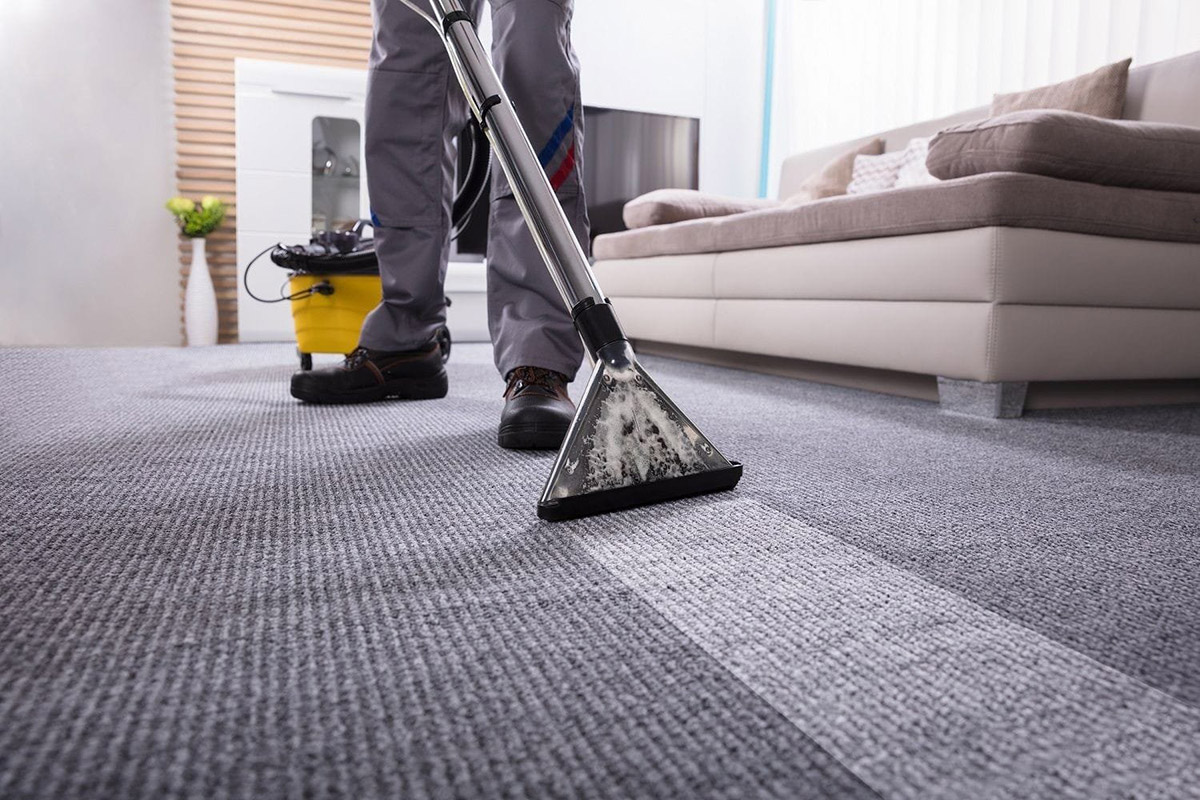

Articles
How To Deep Clean A Berber Carpet
Modified: September 1, 2024
Discover effective tips and tricks for deep cleaning your Berber carpet with our informative articles. Say goodbye to dirt and stains with our expert advice.
(Many of the links in this article redirect to a specific reviewed product. Your purchase of these products through affiliate links helps to generate commission for Storables.com, at no extra cost. Learn more)
Introduction
Berber carpets are a popular choice among homeowners due to their durability, comfort, and unique style. These loop-pile carpets originated from the Berber tribes of North Africa and have gained popularity worldwide. However, like any carpet, Berber carpets require regular cleaning to maintain their appearance and prolong their lifespan.
In this article, we will guide you through the process of deep cleaning a Berber carpet. Deep cleaning is a comprehensive cleaning method that goes beyond regular vacuuming and helps remove deep-seated dirt, stains, and allergens that traditional cleaning methods might miss. By following the steps outlined in this article, you can restore the look and feel of your Berber carpet and ensure it remains a beautiful and comfortable addition to your home.
Before we delve into the cleaning process, let’s first understand what sets Berber carpets apart from other carpet types.
Key Takeaways:
- Proper preparation is key to deep cleaning a Berber carpet. From vacuuming and spot testing to pre-treating stains and protecting nearby surfaces, these steps ensure effective and thorough cleaning without causing damage.
- Choosing the right cleaning solutions and following a systematic deep cleaning process are essential for restoring the appearance and freshness of a Berber carpet. From pre-treating stains to agitating the cleaning solution and ensuring thorough drying, these steps contribute to maintaining the carpet’s longevity and comfort.
Read more: What Is A Berber Carpet
Understanding Berber Carpets
Berber carpets are distinct in their construction and appearance. They are typically made of looped fibers that create a dense and durable surface. These looped fibers give Berber carpets their signature look, with a pattern resembling a series of small knots or loops.
One of the advantages of Berber carpets is their resistance to wear and tear. The tightly woven loops make them less prone to crushing and matting, making them ideal for high-traffic areas in the home. Additionally, the looped design provides cushioning and insulation, making Berber carpets comfortable underfoot.
Berber carpets are available in a variety of materials, including wool, nylon, and olefin. Wool Berber carpets are known for their luxurious feel and natural stain resistance, but they can be more expensive. Nylon and olefin Berber carpets are more budget-friendly options that still offer durability and stain resistance.
It’s important to note that while Berber carpets have many advantages, they also require specific cleaning techniques due to their looped construction. Improper cleaning methods can snag or unravel the loops, leading to damage and a less appealing appearance. That’s why it’s crucial to approach the deep cleaning process with care and the right tools.
Preparation for Deep Cleaning
Preparing your Berber carpet for deep cleaning is essential to ensure thorough and effective results. Follow these steps to properly prepare your carpet:
- Vacuum: Start by vacuuming your Berber carpet to remove loose dirt, debris, and pet hair. Use a vacuum cleaner with a beater bar or a brush attachment to agitate and lift the dirt from the carpet fibers. Pay special attention to high-traffic areas and any visible stains.
- Spot test: Before proceeding with deep cleaning solutions, it’s crucial to conduct a spot test on an inconspicuous area of the carpet. This will help you determine if the cleaning solution might cause any discoloration or damage to the carpet fibers. Follow the instructions provided with the cleaning product and wait for the specified time to see if there are any adverse effects.
- Remove furniture: Clear the area of any furniture or obstacles to allow easy access to the entire carpet surface. This will ensure that you can clean the carpet thoroughly and without any hindrances.
- Pre-treat stains: Take note of any visible stains on your Berber carpet. Pre-treat the stains with a suitable stain remover or a mixture of mild detergent and water. Gently blot the stain with a clean cloth or sponge, working from the outer edges towards the center to prevent spreading. Allow the pre-treatment solution to sit for a few minutes before proceeding with the deep cleaning process.
- Protect nearby surfaces: Place towels or plastic sheets around the perimeter of the carpeted area to protect adjacent surfaces from any potential overspray or dripping cleaning solution.
By following these preparation steps, you will create an ideal environment for deep cleaning your Berber carpet. You will have the necessary tools and a clear space to focus on thoroughly cleaning your carpet fibers and removing any accumulated dirt, stains, or odors.
Cleaning Solutions for Berber Carpets
Choosing the right cleaning solutions is crucial when deep cleaning your Berber carpet. Using the wrong products can potentially damage the fibers or leave behind residue that attracts more dirt. Here are some effective cleaning solutions for Berber carpets:
- Mild Detergent Solution: A mixture of mild liquid dish soap or carpet shampoo and warm water is a safe and effective option for cleaning Berber carpets. Avoid using harsh chemicals or high alkaline cleaners, as they can damage the fibers.
- White Vinegar Solution: Diluted white vinegar can be used as a natural and eco-friendly cleaning solution for Berber carpets. Mix equal parts of white vinegar and water and use it to remove stains and odors.
- Enzyme Cleaner: For pet stains and odors, consider using an enzyme cleaner specifically designed for carpets. These cleaners are effective at breaking down organic matter and neutralizing odors.
- Foam Carpet Cleaner: Foam carpet cleaners are convenient options for spot cleaning Berber carpets. They come in aerosol cans and can be easily applied and worked into the carpet fibers. Follow the instructions on the product for best results.
- Professional Carpet Cleaning Solution: If you prefer to hire professional carpet cleaners, make sure they use cleaning solutions suitable for Berber carpets. Professional grade cleaners are formulated to effectively lift dirt and stains from deep within the carpet fibers.
Regardless of the cleaning solution you choose, always follow the manufacturer’s instructions and guidelines. Test the solution on a small, inconspicuous area of the carpet before applying it more widely to ensure it does not cause any adverse effects. Remember to use the cleaning solutions sparingly, as excessive moisture can cause damage to the carpet’s backing and lead to the growth of mold and mildew.
Now that you have an understanding of the different cleaning solutions available, let’s move on to the deep cleaning process for your Berber carpet.
Use a mixture of mild detergent and water to spot clean stains on your Berber carpet. Gently blot the stain with a clean cloth and avoid scrubbing to prevent damaging the carpet fibers.
Deep Cleaning Process for Berber Carpets
Deep cleaning your Berber carpet involves a systematic approach to ensure thorough cleaning of the entire carpet surface. Follow these steps to effectively deep clean your Berber carpet:
- Pre-treat stains: Begin by treating any visible stains on your Berber carpet. Apply a small amount of the appropriate stain remover or a mixture of mild detergent and water to the stained area. Gently blot the stain with a clean cloth or sponge, working from the outer edges towards the center to prevent spreading. Allow the pre-treatment solution to sit for a few minutes.
- Prepare the cleaning solution: Mix your chosen cleaning solution, whether it’s a mild detergent solution, white vinegar solution, or an enzyme cleaner, according to the manufacturer’s instructions. Make sure to use the right amount of solution and water, as using excessive amounts can leave residue on your carpet.
- Apply the cleaning solution: Using a spray bottle or a clean sponge, apply the cleaning solution to the carpet surface. Work in small sections, starting from one corner of the room and moving systematically across the entire carpet. Avoid over-saturating the carpet with the cleaning solution.
- Agitate the carpet: Use a soft-bristle brush or a carpet cleaning machine with rotating brushes to gently agitate the cleaning solution into the carpet fibers. This step helps to loosen and lift dirt, stains, and debris from the carpet.
- Let the solution sit: Allow the cleaning solution to sit on the carpet for the recommended time specified by the manufacturer. This allows time for the solution to penetrate and dissolve dirt and stains.
- Rinse the carpet: After the recommended time has passed, thoroughly rinse the carpet with clean water. You can use a carpet cleaning machine, a wet-dry vacuum, or simply manually rinse with a sponge and clean water. It’s important to remove all traces of the cleaning solution to prevent residue buildup.
- Extract excess moisture: If you have used a significant amount of water during the rinsing process, use a wet-dry vacuum or a clean towel to extract excess moisture from the carpet. Gently blot the carpet to absorb the water, being careful not to rub or scrub, as this can distort the carpet fibers.
- Air dry: Open windows and doors or use fans to facilitate the drying process. Make sure the carpet is thoroughly dry before allowing foot traffic to prevent mold and mildew growth.
- Vacuum again: Once the carpet is completely dry, vacuum it again to fluff up the fibers and remove any remaining dirt, dust, or loose debris.
By following these steps, you can effectively deep clean your Berber carpet and restore its appearance and freshness. However, in the case of stubborn stains or extensive damage, it may be best to consult a professional carpet cleaner.
Next, let’s explore how to effectively remove stains from your Berber carpet.
Removing Stains from Berber Carpets
Stains on your Berber carpet can be unsightly and challenging to remove. However, with the right approach and a few simple techniques, you can effectively tackle common stains. Here’s how to remove stains from your Berber carpet:
- Act quickly: The key to successfully removing stains from your Berber carpet is to address them promptly. The longer a stain sits on the carpet, the more difficult it becomes to remove.
- Blot, don’t rub: When dealing with a stain, it’s important to blot it gently with a clean cloth or paper towel. Avoid rubbing the stain vigorously, as this can cause the stain to spread and penetrate further into the carpet fibers.
- Identify the stain type: Different stains may require different treatment methods. Identify the type of stain you’re dealing with so you can choose the appropriate cleaning solution. Common types of stains include food and beverage spills, pet stains, oil-based stains, and ink stains.
- Use the appropriate cleaning solution: Once you’ve identified the stain, select the appropriate cleaning solution. For food and beverage spills, a mixture of mild detergent and water should suffice. For pet stains, an enzyme cleaner will effectively break down organic matter. Oil-based stains may require a solvent-based stain remover, while ink stains may need a specialized ink remover.
- Apply the cleaning solution: Dampen a clean cloth or sponge with the chosen cleaning solution and gently blot the stain, working from the outer edges towards the center. Be patient and repeat the process as necessary until the stain begins to lift.
- Rinse and dry: After treating the stain, rinse the area with clean water to remove any residue from the cleaning solution. Blot the area with a clean towel or use a wet-dry vacuum to extract excess moisture. Allow the carpet to air dry completely.
- Consider professional help: If you’re unable to remove a stubborn stain or if the carpet has extensive staining, it may be best to seek professional carpet cleaning services. Professional cleaners have the expertise and specialized equipment to tackle tough stains effectively.
Remember, it’s important to test any cleaning solution on an inconspicuous area of the carpet before applying it to a visible stain. This will help you ensure that the solution does not cause any discoloration or damage to the carpet fibers.
Now that you’re armed with stain removal techniques, let’s move on to drying and maintaining your Berber carpet.
Drying and Maintaining Berber Carpets
Proper drying and maintenance play a vital role in preserving the appearance and longevity of your Berber carpet. Follow these guidelines to ensure your carpet stays clean and in optimal condition:
- Air circulation: After deep cleaning your Berber carpet, ensure proper air circulation in the room. Open windows and doors or use fans to facilitate drying. Adequate airflow will help prevent mold and mildew growth.
- Avoid excessive moisture: During the deep cleaning process, be mindful of the amount of water or cleaning solution used. Excessive moisture can seep into the carpet padding or backing, leading to mold and mildew issues. Extract any excess moisture using a wet-dry vacuum or absorbent towels.
- Regular vacuuming: Vacuum your Berber carpet regularly to remove loose dirt, dust, and debris. Use a vacuum cleaner with a beater bar or a brush attachment to agitate and lift the dirt from the carpet fibers. Focus on high-traffic areas and vacuum in different directions to ensure thorough cleaning.
- Spot cleaning: Attend to spills and stains promptly to prevent them from setting in. Blot the affected area gently with a clean cloth or paper towel, and use the appropriate cleaning solution recommended for the specific stain type. Avoid rubbing or scrubbing, as this can damage the carpet fibers.
- Protect high-traffic areas: Place area rugs or runners in high-traffic areas, such as hallways or entryways, to protect your Berber carpet from excessive wear and tear. These additional rugs can help prevent dirt and debris from being tracked onto the carpet, reducing the need for frequent deep cleaning.
- Avoid harsh chemicals: When cleaning your Berber carpet, avoid using harsh chemicals or high alkaline cleaners. These products can damage the carpet fibers and affect the overall appearance of your carpet. Stick to mild detergents or carpet cleaning solutions specifically formulated for Berber carpets.
- Professional cleaning: Consider scheduling professional carpet cleaning services at least once a year. Professional cleaners have the expertise and equipment to deep clean your Berber carpet effectively while ensuring that it remains in excellent condition.
- Regular maintenance inspections: Periodically inspect your Berber carpet for any signs of wear, damage, or potential issues. This can help you address any problems early on and prevent further damage. If you notice loose or snagged loops, contact a professional carpet repair service to fix the problem.
By following these drying and maintenance practices, you can keep your Berber carpet looking and feeling its best for years to come. Regular care and attention will help maintain its durability, appearance, and comfort.
Now that you have a good understanding of how to dry and maintain your Berber carpet, let’s wrap up this article.
Conclusion
Berber carpets are a popular choice for homeowners due to their durability, comfort, and unique style. To ensure your Berber carpet remains in pristine condition, regular deep cleaning is essential. By following the steps outlined in this article, you can effectively deep clean your Berber carpet, remove stains, and maintain its appearance and longevity.
Understanding the specific characteristics of Berber carpets, such as their looped construction, is crucial when it comes to deep cleaning. Preparing the carpet properly, using the right cleaning solutions, and following a systematic approach will help you achieve the best results.
When it comes to selecting cleaning solutions, opt for mild detergents, white vinegar solutions, or enzyme cleaners depending on the type of stain. Avoid using harsh chemicals or excessive moisture to prevent damage to the carpet fibers.
Remember to act quickly when dealing with stains, blotting them gently and using the appropriate cleaning solution. Regular vacuuming, spot cleaning, and protecting high-traffic areas will help maintain the cleanliness and longevity of your Berber carpet.
Lastly, professional carpet cleaning services can provide comprehensive deep cleaning and address any stubborn stains or extensive damage. Consider scheduling professional cleaning at least once a year.
By following these guidelines, you can enjoy the beauty and comfort of your Berber carpet for years to come. Regular deep cleaning and proper maintenance will not only preserve its appearance but also enhance the overall cleanliness and freshness of your home.
So, roll up your sleeves, gather your cleaning supplies, and give your Berber carpet the deep cleaning it deserves!
Frequently Asked Questions about How To Deep Clean A Berber Carpet
Was this page helpful?
At Storables.com, we guarantee accurate and reliable information. Our content, validated by Expert Board Contributors, is crafted following stringent Editorial Policies. We're committed to providing you with well-researched, expert-backed insights for all your informational needs.
